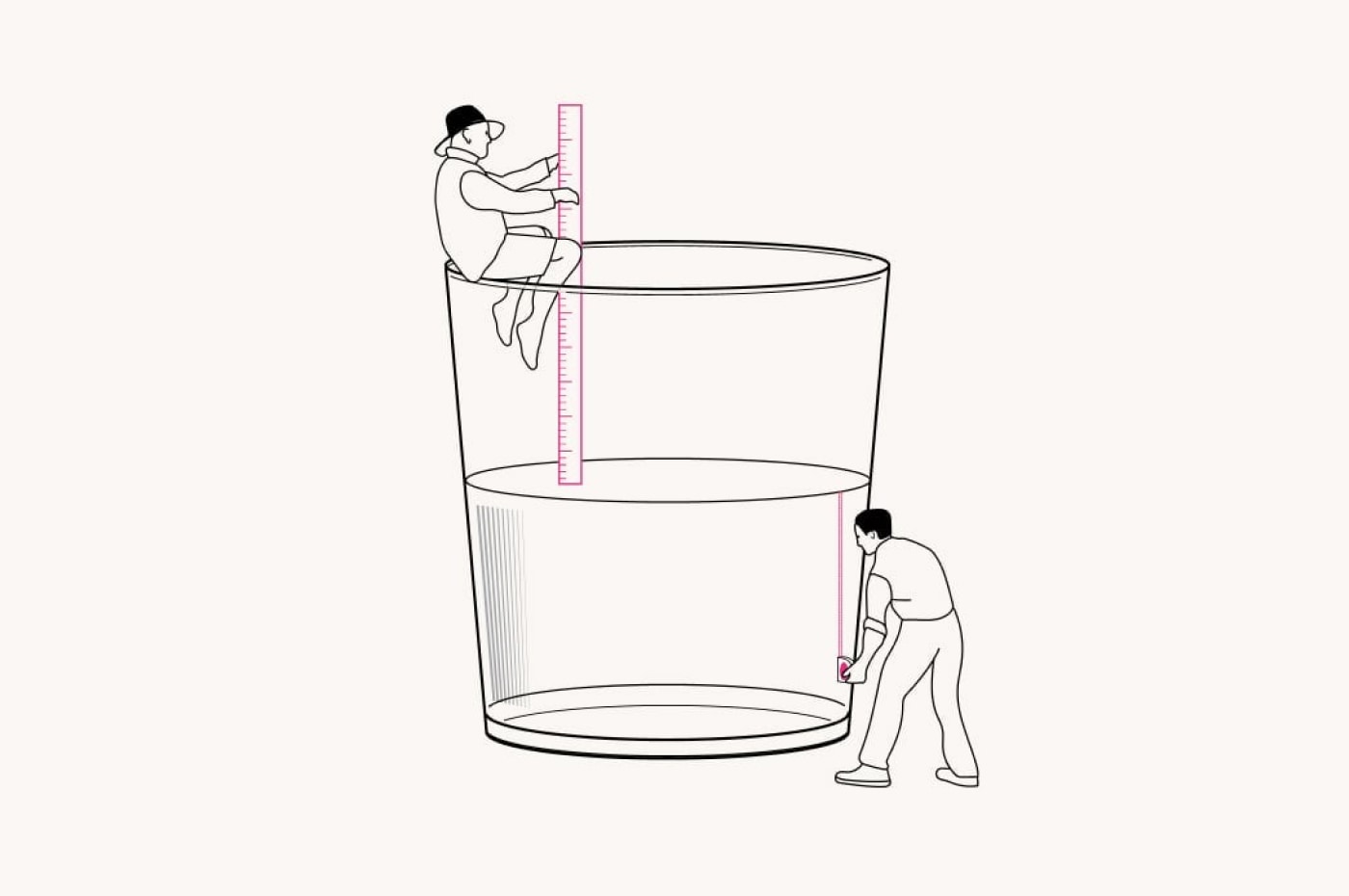NewslettersAugust 3rd, 2020
PG #62: Asking The Right Questions


At Paper Giant, we’ve built a business around helping people find answers to their most important questions.
Some of our work is helping clients understand what the most important questions actually are. The rest is finding answers, using the tools of design, research, capability building and evaluation.
A common question looks like this:
What should we (do, improve, make, stop), given (x, y and/or z)?
x, y and z might be the organisational structure, the markets or domain they’re working within, or their target user or customer group.
Many of our clients expect the answer to be:
Do this.
They want a very neat and well-defined answer. Often, we’re able to give it to them. However, in particular contexts, or at particular moments, there is so much uncertainty and things are changing so rapidly that a neat answer like do this isn’t possible.
In times or contexts of greater uncertainty, the shape of that original question isn’t helpful. A more useful question type is:
How might [x, y and/or z] influence our decision on what to [do, improve, make or stop]?
It’s a subtle difference, but asking this version rather than the first gives you much richer and more useful answers. Rather than telling you what to do right now – an answer that’s tied to the particular context and moment – you end up with an understanding of how to make decisions over time, even as circumstances shift.
Given the amount of change and uncertainty at the moment, we find ourselves working with far more how might questions than what questions.
Here are some examples:
- How is COVID-19 impacting people returning to work after mental ill-health, and what does it mean to ‘return to work’ when work is your kitchen table?
- How is social distancing likely to affect the future of knowledge work collaboration and the use of office space?
- How might we increase the pipeline of science entrepreneurs, so that Australia can benefit from commercialisation of its research?
While we do give our clients specific and actionable what recommendations, focusing on the how allows us to create models and frameworks that give our clients longer term strategic tools, as well as the answers they need in the short-term.
